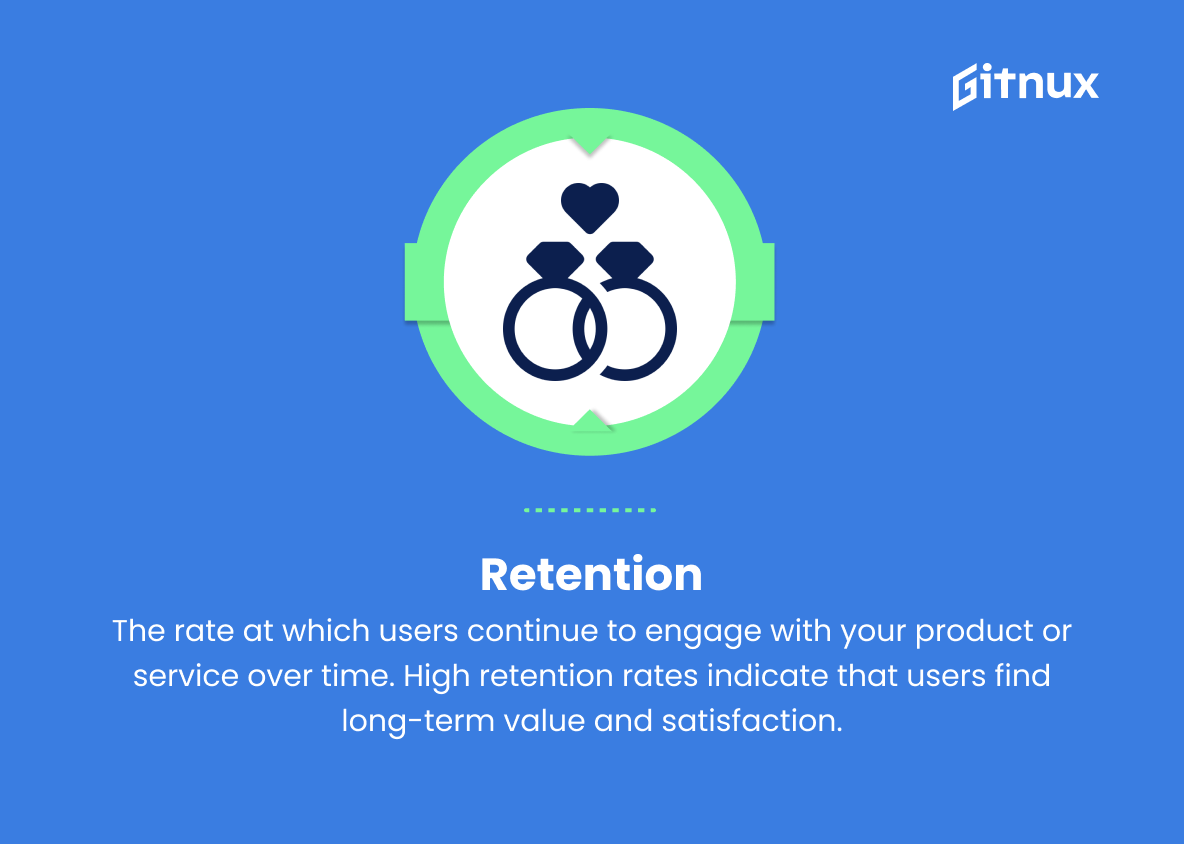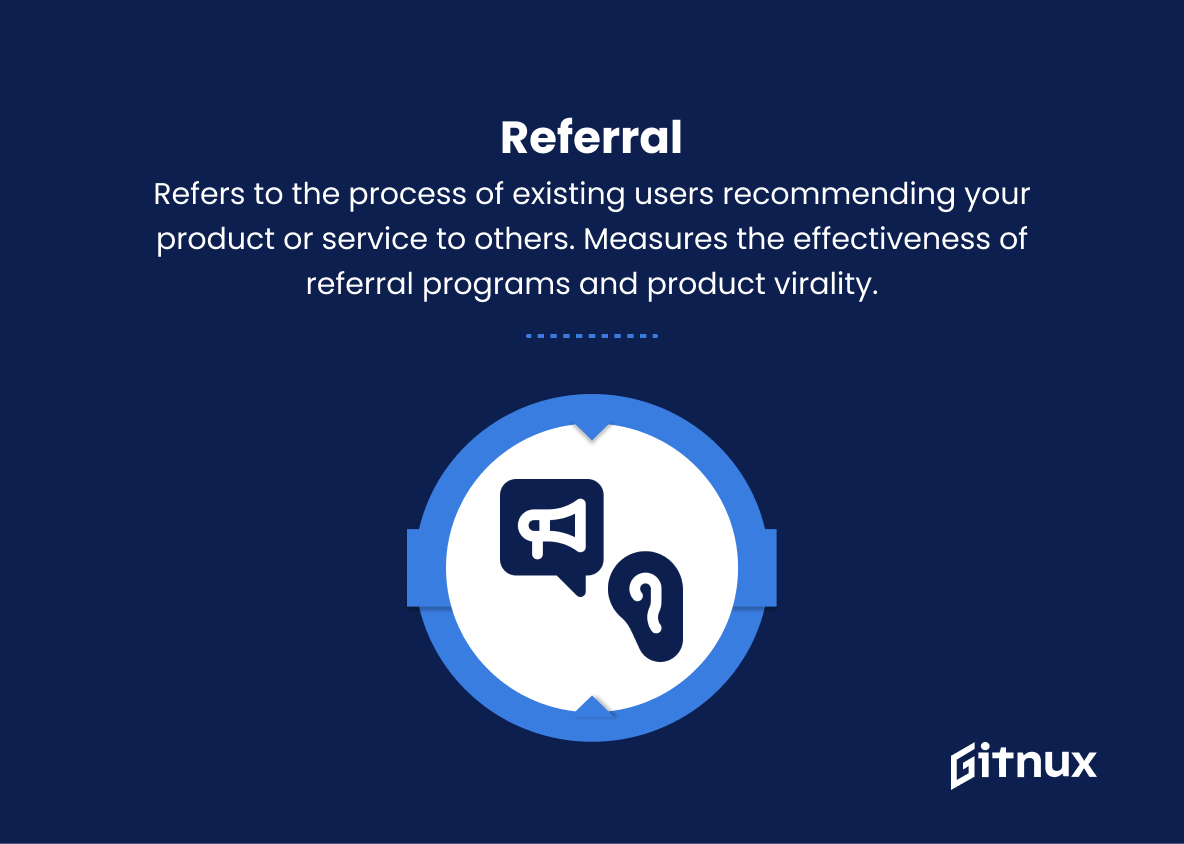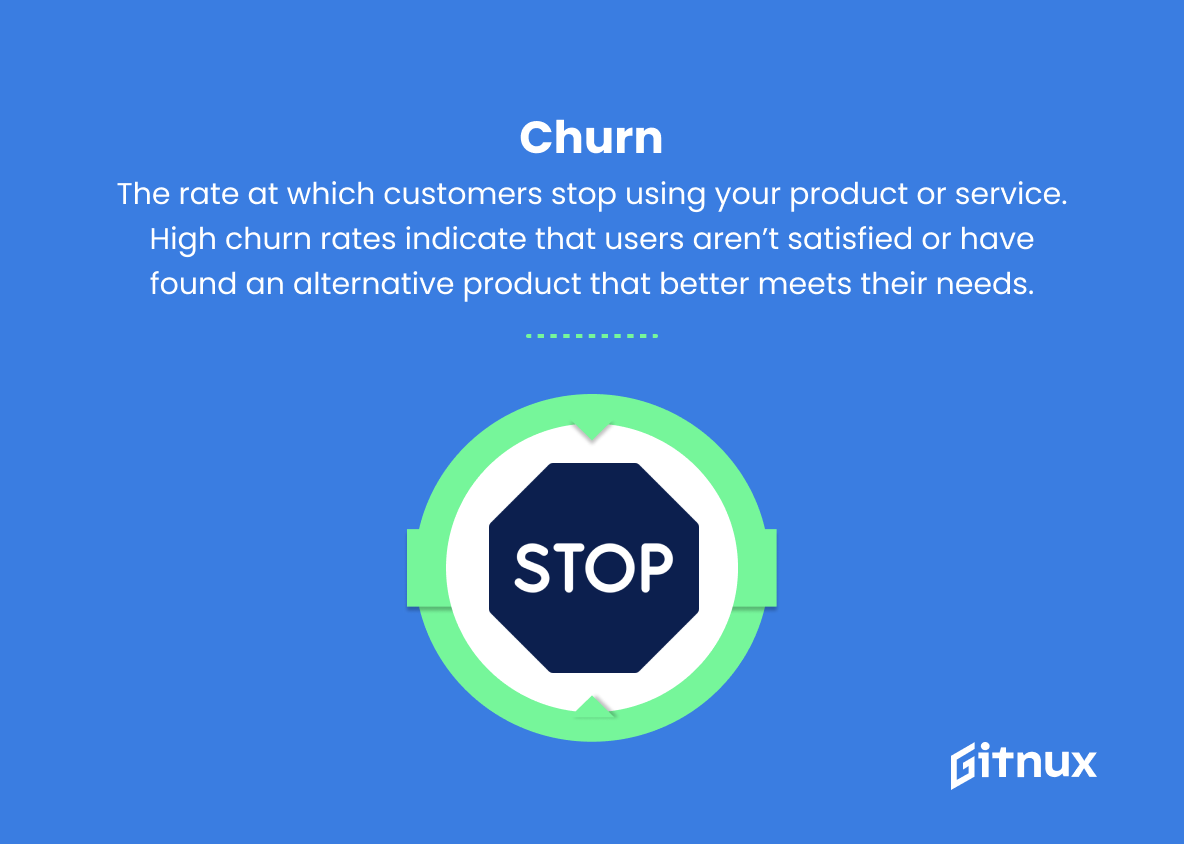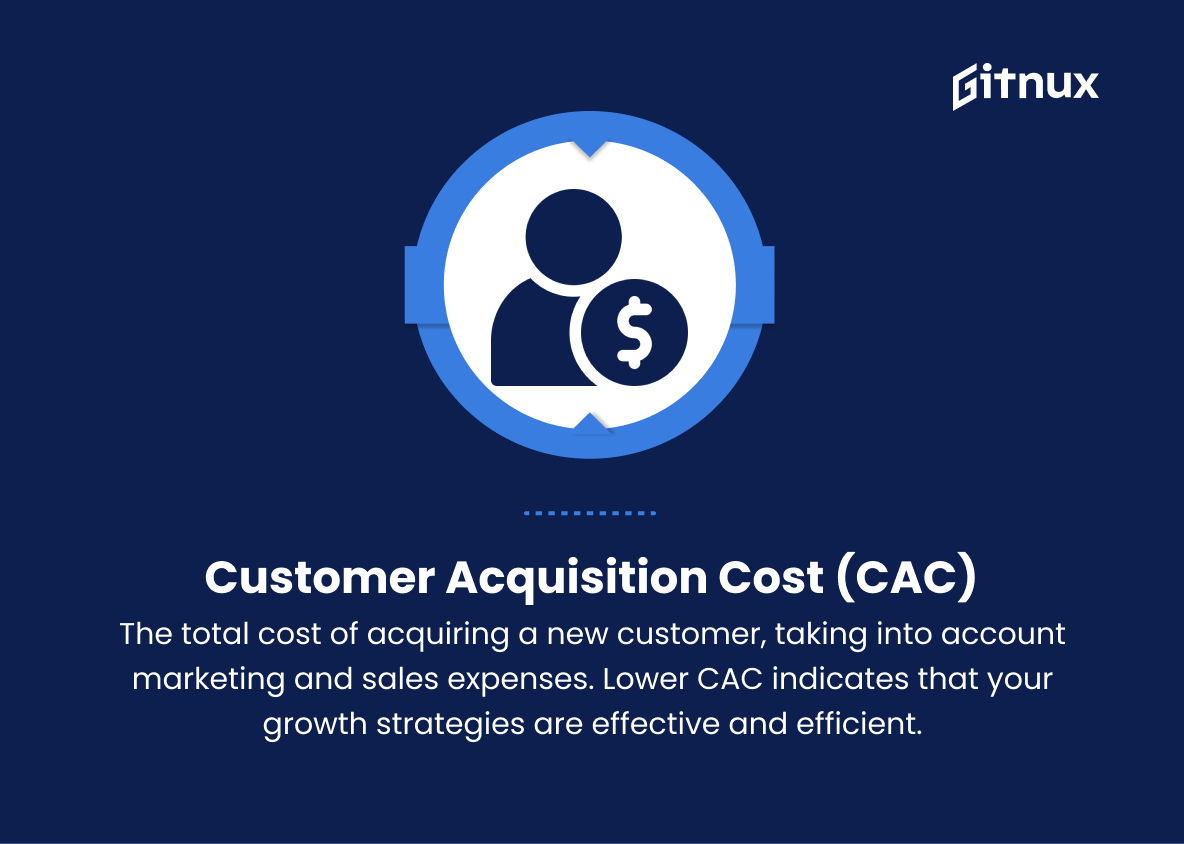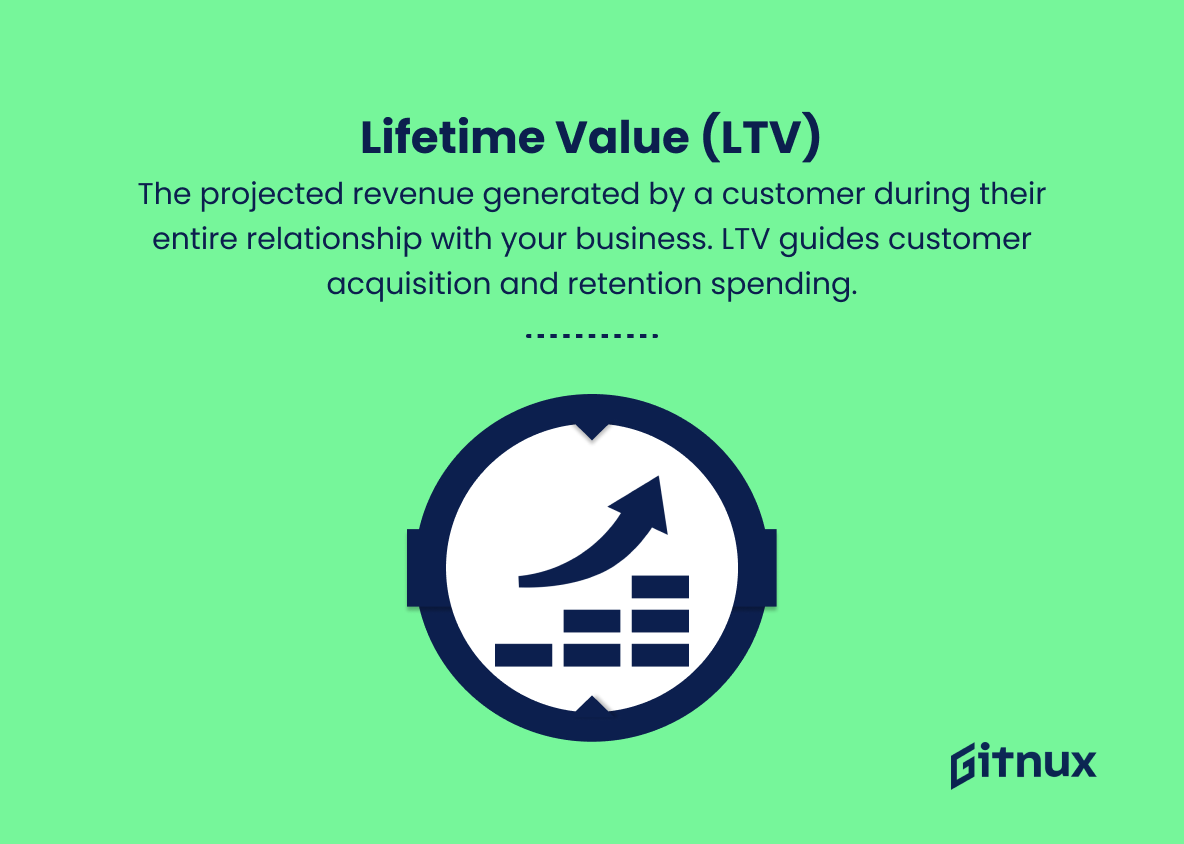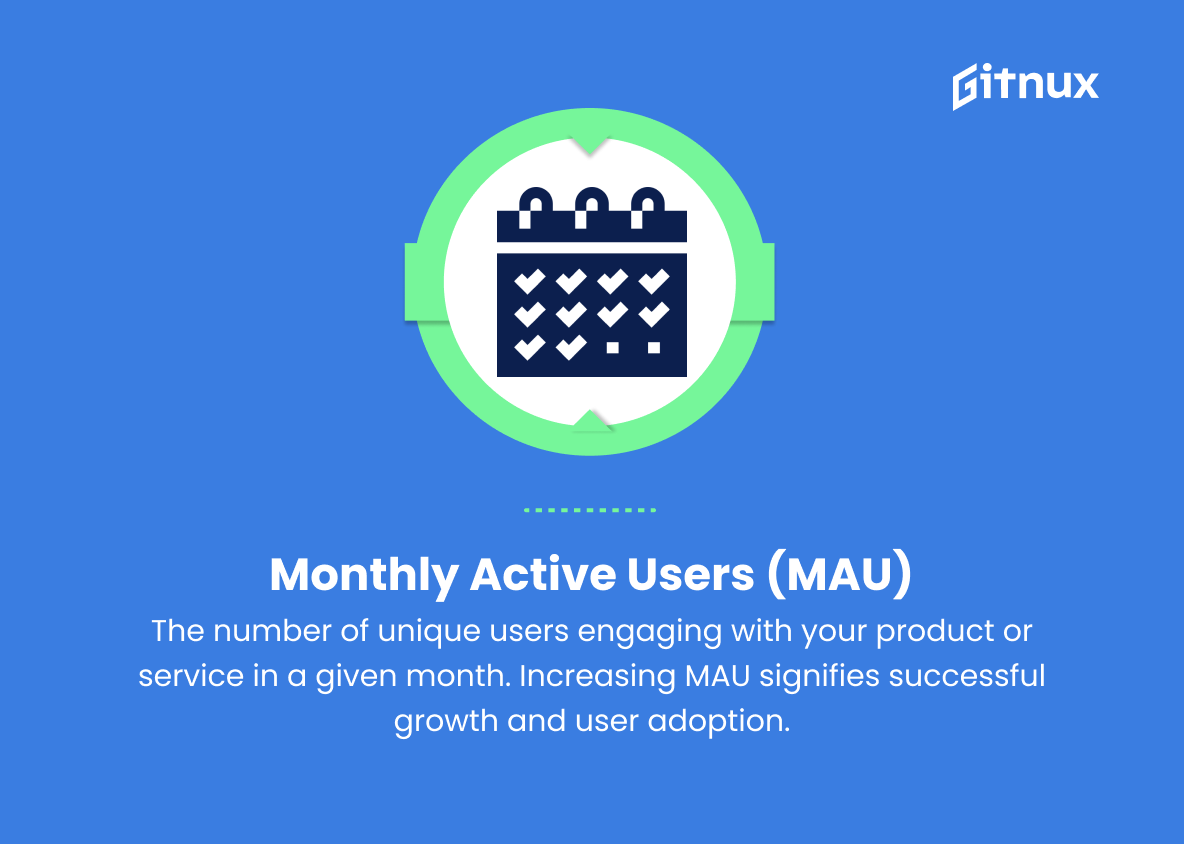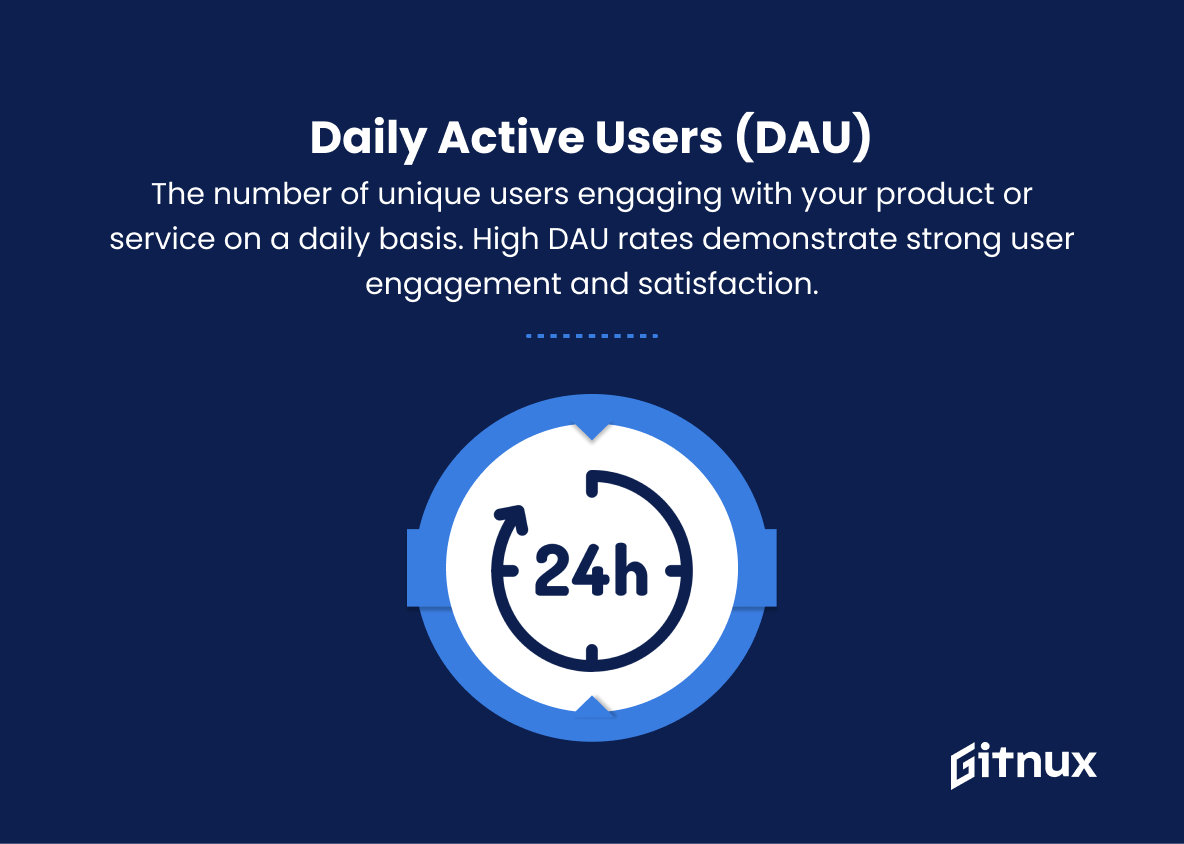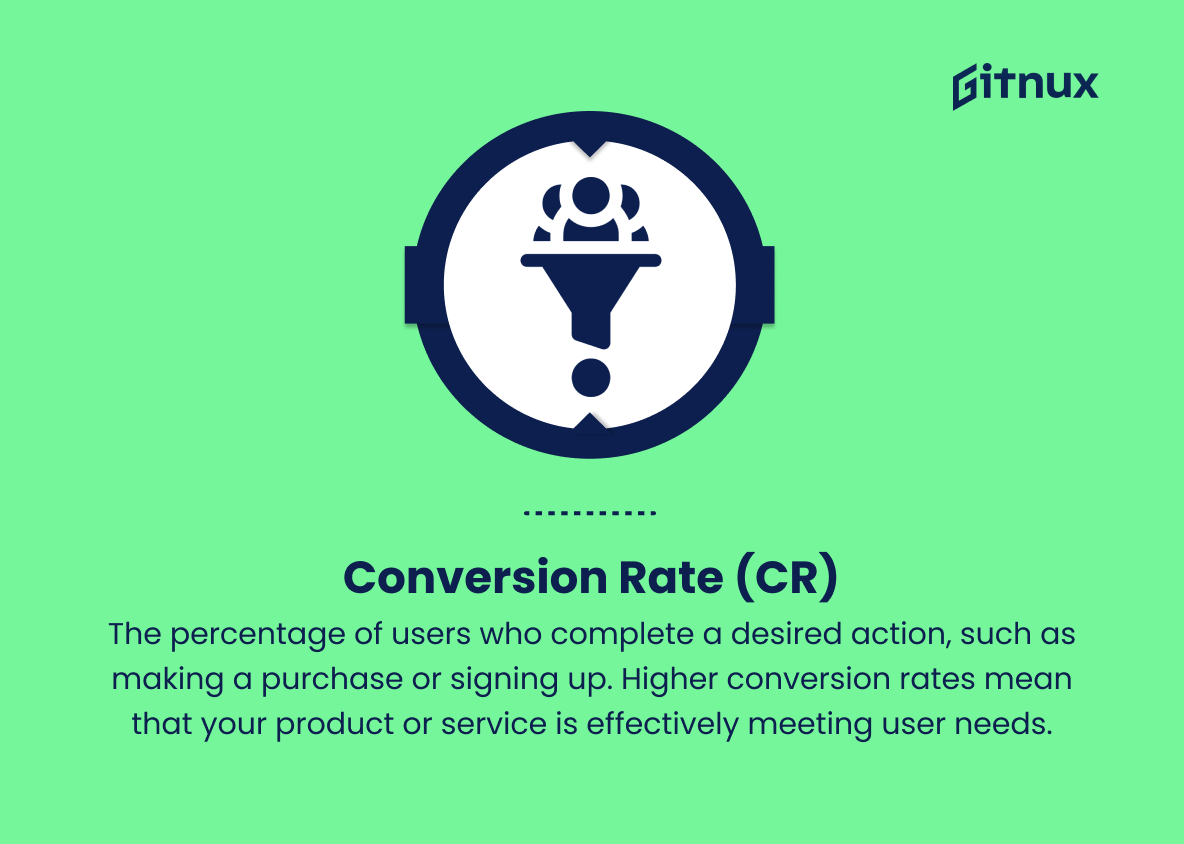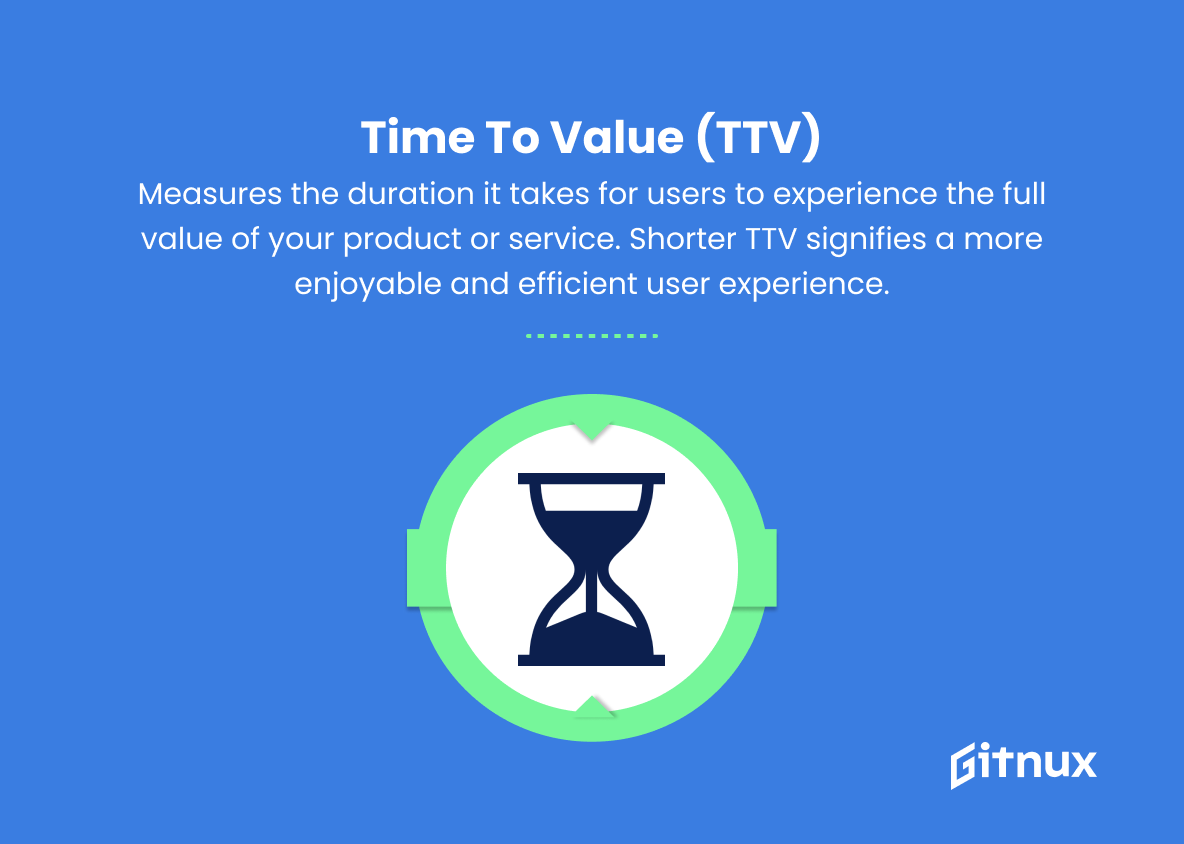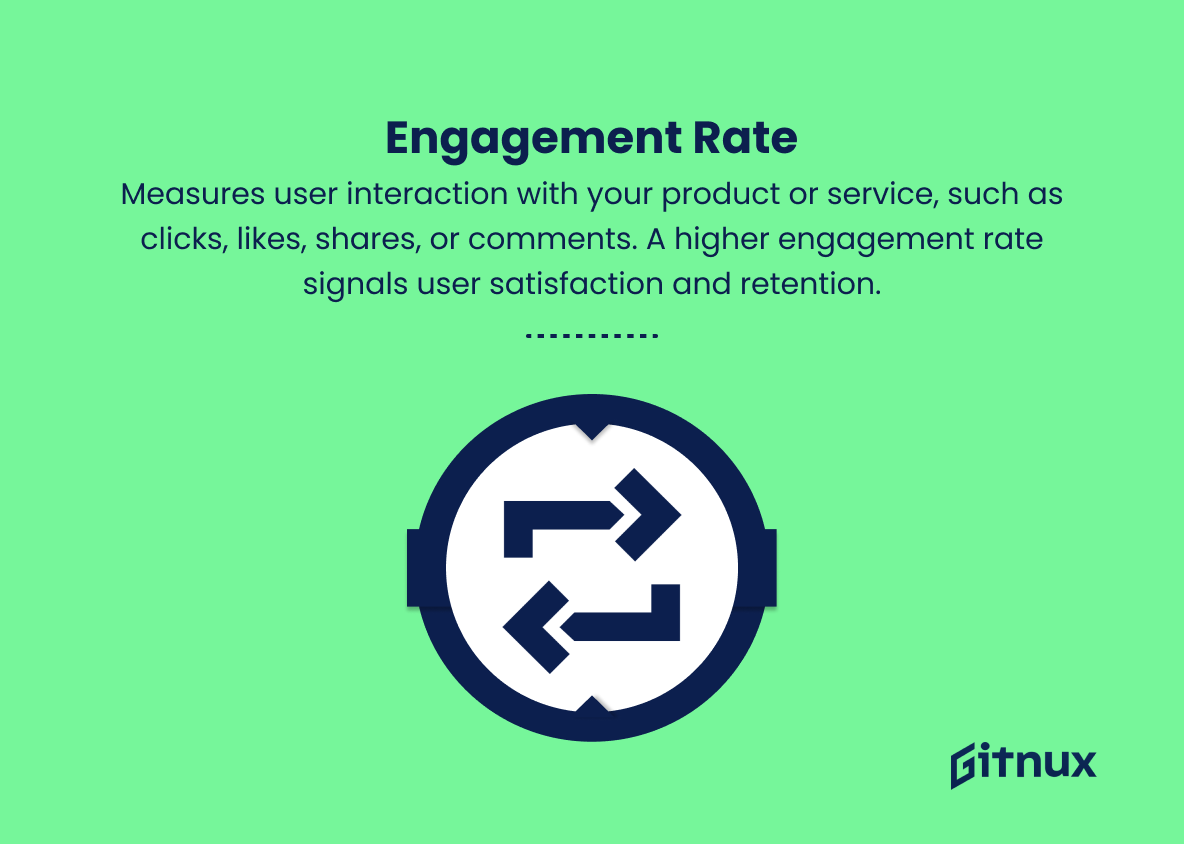In the ever-evolving world of digital marketing, businesses must stay ahead of the game and continuously adapt in order to thrive. One such marketing strategy that has revolutionized the way companies approach their growth is ‘growth hacking.’ With its focus on creative and cost-effective methods to foster rapid business expansion, growth hacking has proven to be an essential tool for startups and established organizations alike.
As we delve deeper into the realm of growth hacking, it’s crucial that we discuss the importance of growth hacking metrics – the key performance indicators (KPIs) that allow us to measure, analyze, and optimize our growth strategies. In this blog post, we will explore the integral role of growth hacking metrics, how to choose the right ones for your business, and how utilizing these metrics can ultimately drive your company to new heights of success.
Growth Hacking Metrics You Should Know
1. Acquisition
Refers to the methods and strategies used to attract new users to the platform or product. It measures the effectiveness of your efforts in gaining new customers.
2. Activation
Measures the initial user engagement with your product or service. This metric helps determine if new users are successfully completing the onboarding process and finding value in your product.
3. Retention
The rate at which users continue to engage with your product or service over time. High retention rates indicate that users find long-term value and satisfaction.
4. Referral
Refers to the process of existing users recommending your product or service to others. This metric measures the effectiveness of your referral program and helps determine the virality of your product.
5. Revenue
The amount of money generated from your user base. Monitoring revenue growth helps assess the financial health of your business and indicates the success of your growth hacking strategies.
6. Churn
The rate at which customers stop using your product or service. High churn rates indicate that users aren’t satisfied or have found an alternative product that better meets their needs.
7. Customer Acquisition Cost (CAC)
The total cost of acquiring a new customer, taking into account marketing and sales expenses. Lower CAC indicates that your growth strategies are effective and efficient.
8. Lifetime Value (LTV)
The projected revenue generated by a customer during their entire relationship with your business. Metrics experts use LTV to determine how much you should be spending on acquiring and retaining customers.
9. Monthly Active Users (MAU)
The number of unique users engaging with your product or service in a given month. Increasing MAU signifies successful growth and user adoption.
10. Daily Active Users (DAU)
The number of unique users engaging with your product or service on a daily basis. High DAU rates demonstrate strong user engagement and satisfaction.
11. Conversion Rate (CR)
The percentage of users who complete a desired action, such as making a purchase or signing up. Higher conversion rates indicate that your product or service is effectively meeting user needs.
12. Time to Value (TTV)
Measures the duration it takes for users to experience the full value of your product or service. Shorter TTV signifies a more enjoyable and efficient user experience.
13. Net Promoter Score (NPS)
A metric that measures customer satisfaction and loyalty by asking users how likely they are to recommend your product or service to others. Higher NPS scores indicate satisfied users and effective growth strategies.
14. Engagement Rate
Measures user interaction with your product or service, such as clicks, likes, shares, or comments. A higher engagement rate indicates that users find value in your offerings and are more likely to continue using them.
Growth Hacking Metrics Explained
Growth hacking metrics are essential for determining the success of a product or platform and guiding future strategies. Acquisition helps measure the effectiveness of attracting new users, while Activation assesses their initial engagement and onboarding experience. Retention and Churn rates give insights into long-term satisfaction and potential areas for improvement. The significance of Referral, Revenue, and Customer Acquisition Cost (CAC) lies in determining the financial health of the business and the effectiveness of your growth strategies.
Lifetime Value (LTV) evaluates the projected revenue generated by customers, guiding acquisition and retention efforts. Both Monthly Active Users (MAU) and Daily Active Users (DAU) represent user adoption and engagement levels. Conversion Rate (CR) indicates how well a product meets user needs and leads to desired actions. Time to Value (TTV) highlights the efficiency of the user experience, and Net Promoter Score (NPS) represents customer satisfaction, loyalty, and the efficacy of growth strategies. Finally, Engagement Rate serves as a sign of user interest, interaction, and the value clients find in your product or service.
Conclusion
In the ever-evolving digital landscape, growth hacking metrics play a crucial role in the success of any business striving to achieve exponential growth. By focusing on the key parameters, such as user acquisition, activation, retention, referral, and revenue (AARRR), businesses can analyze the effectiveness of their strategies and accurately evaluate their position in the market. Ultimately, understanding and monitoring growth hacking metrics allows organizations to make data-driven decisions and adapt their tactics accordingly, ensuring a sustainable and scalable growth trajectory in today’s competitive world.


